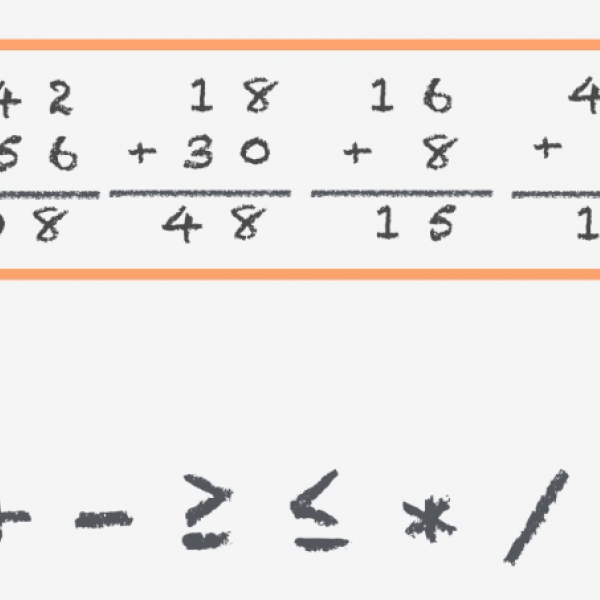Cornell CIS researchers are working on computer software that may help K-8 math teachers with grading math assignments. Researchers Molly Feldman (CS PhD), Ji Yong Cho (CIS visiting intern), Monica Ong (CS undergraduate), Sumit Gulwani (Microsoft Research), Zoran Popovic (UWash), and Erin Andersen (CIS) will present their research at this April’s conference on Human Factors in Computing Systems (CHI).
“I’ve been interested in working on techniques for automatic education and trying to make teachers’ lives easier,” said Andersen. “One of the things teachers spend a lot of time doing is grading. But grading is more complicated than is the answer right or wrong. What the teachers are spending a lot of time doing is assigning partial credit and working individually to figure out what students are doing wrong. We envision a future in which educators spend less time trying to reconstruct what their students are thinking and more time working directly with their students.”
Andersen has been working with Gulwani on “doing cool things” with programming by example. “The work is trying to reverse engineer your thought process. We build an algorithm that infers and reconstructs how the student is doing their homework – we are translating intent,” said Andersen.
The researchers worked with a data set from Metametrics that had data from approximately 300 students solving addition and subtraction problems and used those examples to reconstruct what the students may be doing right or wrong. “This was technically challenging and the solution interesting,” said Andersen. “We worked to come up with an efficient data structure and algorithm that would help the system sort through an enormous space of possible things students could be thinking. We found that 13% of these students made clear systematic procedural mistakes and the researchers’ algorithm learned to replicate 53% of these mistakes in a way that seemed accurate. The key is that we are not giving the right answer to the computer – we are asking the computer to infer what the student might be doing wrong. This tool can actually show a teacher what the student is misunderstanding and it can demonstrate procedural misconceptions to an educator as successfully as a human expert.”
The ultimate goal for the software is to provide teachers with a grading solution that also will generate reports on overall teaching outcomes for the classroom and solution areas where teachers need to focus more energy. Currently the software will only work with simple math like subtraction and addition but will advance to algebra and more advanced equations in the future.
For more info: http://www.cs.cornell.edu/~molly/chi2018.html



